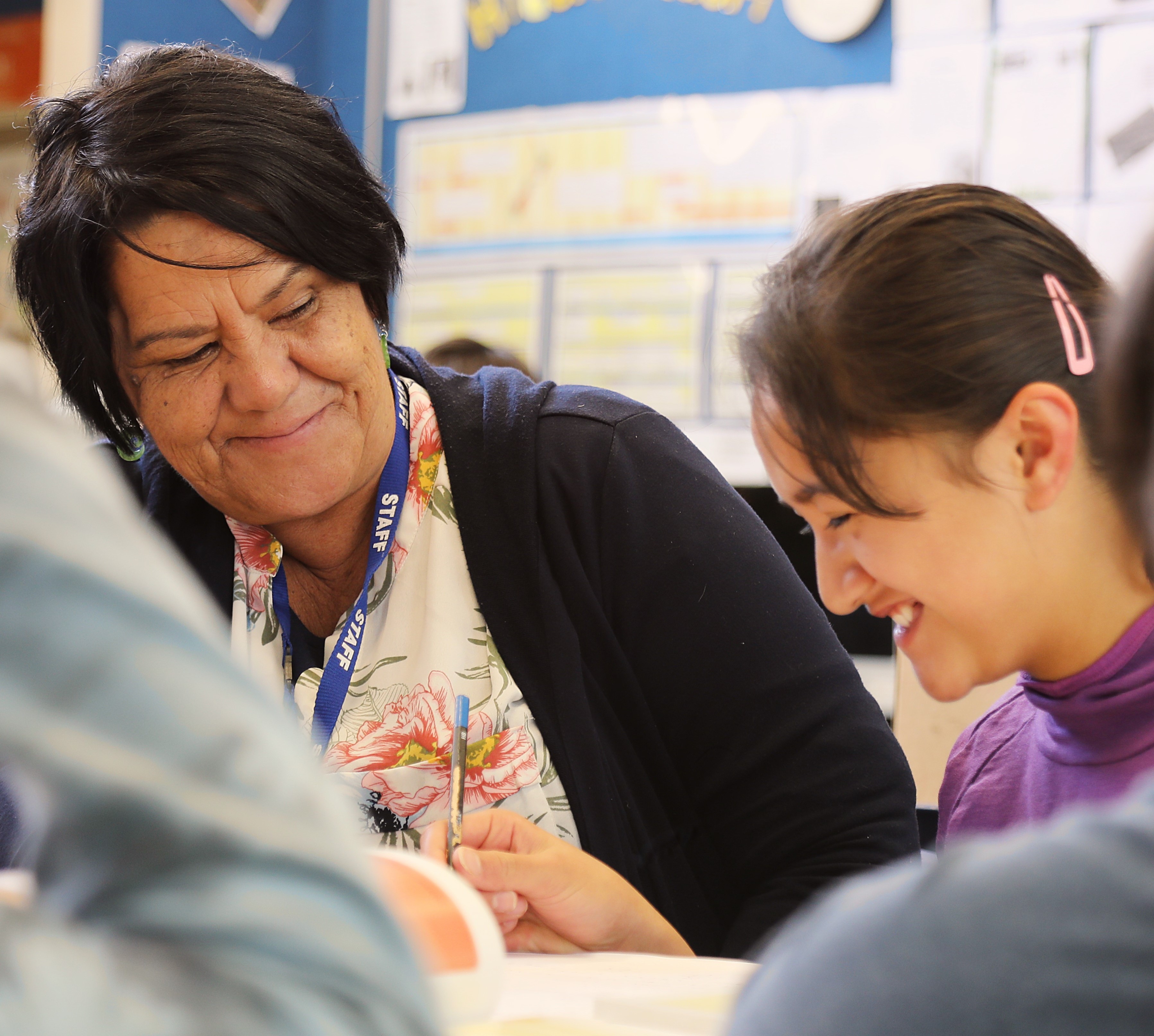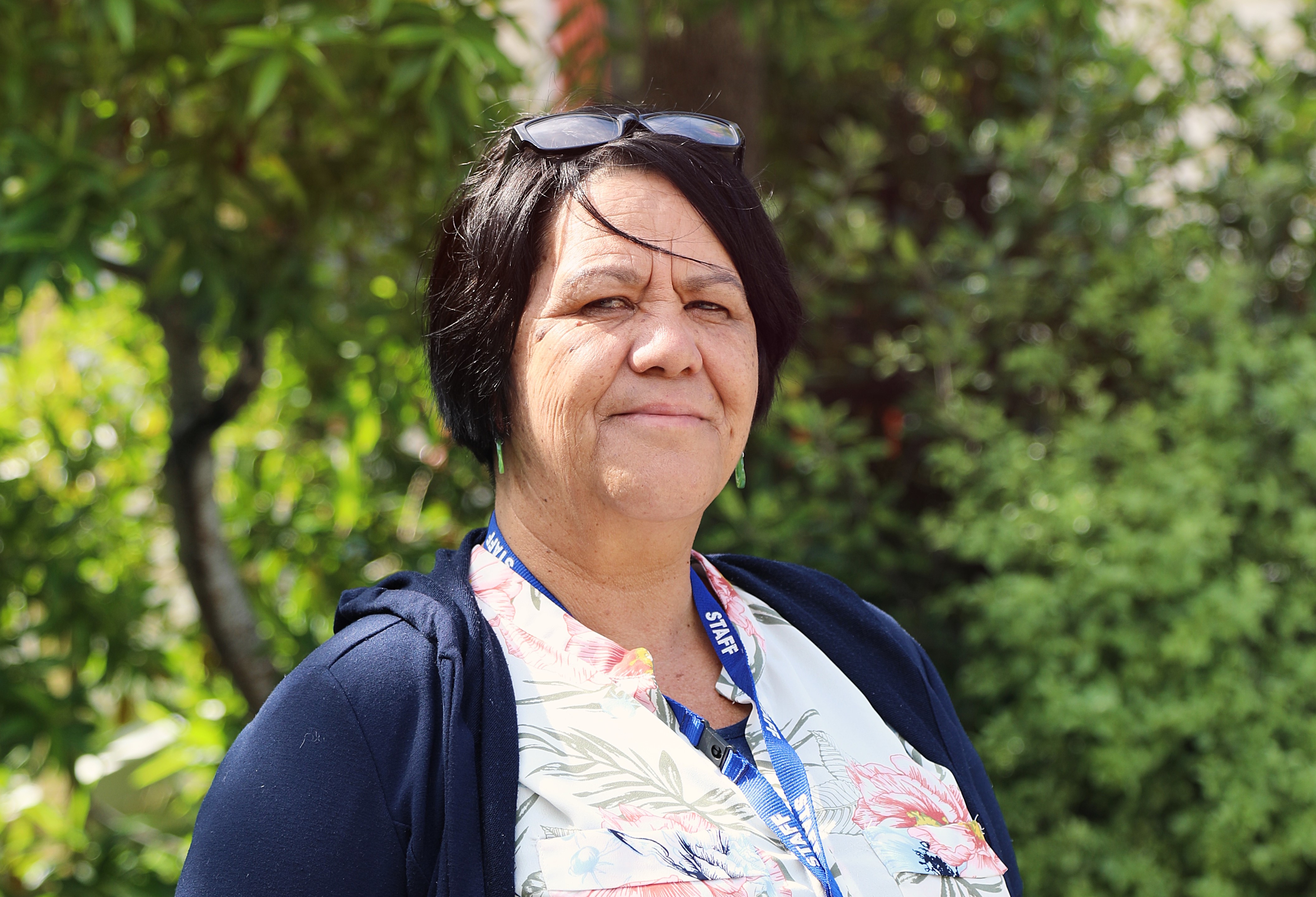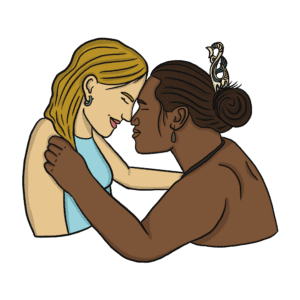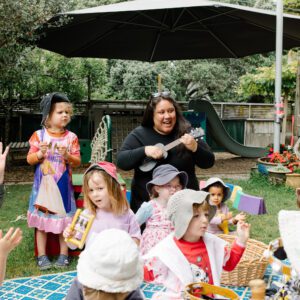In your last interview with us you said, “As kaiako, we have ongoing discussions about what to do, how we [can] handle these kids coming in. We are having to tweak things every year.” I can imagine there was a lot of tweaking to be done over the last couple of months!
Yes, there was! When we got word of lockdown we all stepped into action. We were very organised and did a survey on digital access and connectivity with all the students. With the makeup of the school and our three strands, we were all very supportive of one another. There were a few students who we had to help with devices and connectivity, but we were lucky that most students already had devices to use.
The tweak I guess was more for the kaiako and getting used to using the technology. But again, the support was always there between teachers. We’d all get together on Zoom daily and discuss things.
We senior teachers clicked straight into Google classroom. That was fabulous. In the school holidays we did some super-quick PLD on Google classroom all through Youtube which got us up and running before the term started back up. We already had Seesaw in place for our juniors.
For us as an immersion unit, however, we had an extra task in terms of language acquisition. For our kaiako in immersion, it was hard getting up and running as fast as the other units because we had to look for online resources in the reo. Thankfully, there were lots of organisations that put things on Facebook; however, there was a lot of time spent translating the resources the other strands were using for use in our classroom.
“For our kaiako in immersion, it was hard getting up and running as fast as the other units because we had to look for online resources in the reo”
How did you find the supply of online te reo Māori resources compared to the English resources your colleagues were using?
Finding education resources online is easy. Our challenge is that we have to translate everything to make it fit – and it’s a challenge timewise. But it’s getting better. It was worse a few years ago – now there are quite a few Māori activities available online.
How did you find your students use of te reo over lockdown?
The makeup of our immersion unit is that we have a lot of families who don’t have the reo at home, so maintaining their language acquisition was challenging. Every day, I met with the kids online. We chatted in te reo, played games, and I shared te reo videos from other organisations via Facebook.
What about the parts of your teaching like daily kapa haka? How did that work in lockdown?
The kapa haka didn’t really happen. And we didn’t do karakia in class; instead, we worked with the families and asked them to take that on. So the families would do the karakia together before class. They also would put out their own videos and songs, which was great to see.
That was a real positive, seeing the families getting involved. It meant I could focus on literacy and numeracy. My biggest thing was keeping the daily contact. We Zoomed every day, between 30 minutes to two-and-a-half hours each session.

How are the children now they’re back at school?
They came back with ease. Handwashing is normalised now.
There was a bit of a difference between the girls and the boys. The boys had quickly worked out online that if they did the work they could go off and do their own thing, so they had to get back into the routine of class time.
The challenge was more for me – how do I make this work better for the class in terms of all our learnings?
The biggest challenge was balancing the parental demands and expectations. With our school, because we’re urban, we cater for a lot of essential workers. In Level 3, we had quite a few students return, so I was working with them as well as delivering classes online. That was a hard couple of weeks.
Now, we’re continuing to use Google classroom, plus a few other platforms. The kids have guided me on that, telling me which ones they really enjoyed. Through all this, I’ve reflected on my own teaching and it’s helped me to make this work even better.
The boys had quickly worked out online that if they did the work they could go off and do their own thing, so they had to get back into the routine of class time.
How did you find the students’ reo when they returned?
We thought that it would be a big challenge, but it hasn’t been. They certainly haven’t lost or gone backwards, so we were really happy with that. There was great support from the whānau. It was a team effort, this whole online thing.
How have you found it all, looking back?
I loved the whole online delivery. Especially with me and the seniors. My challenge is to keep it up in the classroom.
The quality of the work coming from the kids, especially their writing was so impressive.
And the kids in my class that usually struggled to complete tasks were now completing tasks online. There were less distractions at home and they could do it at their own pace.
They all loved to be able to go back to watch the video I’d done to explain something.
I don’t want to revert to what we were doing before the lockdown. We want to focus on giving the kids their own time and space. I hope we can continue that, because the quality of work that was coming out of lockdown was incredible.





